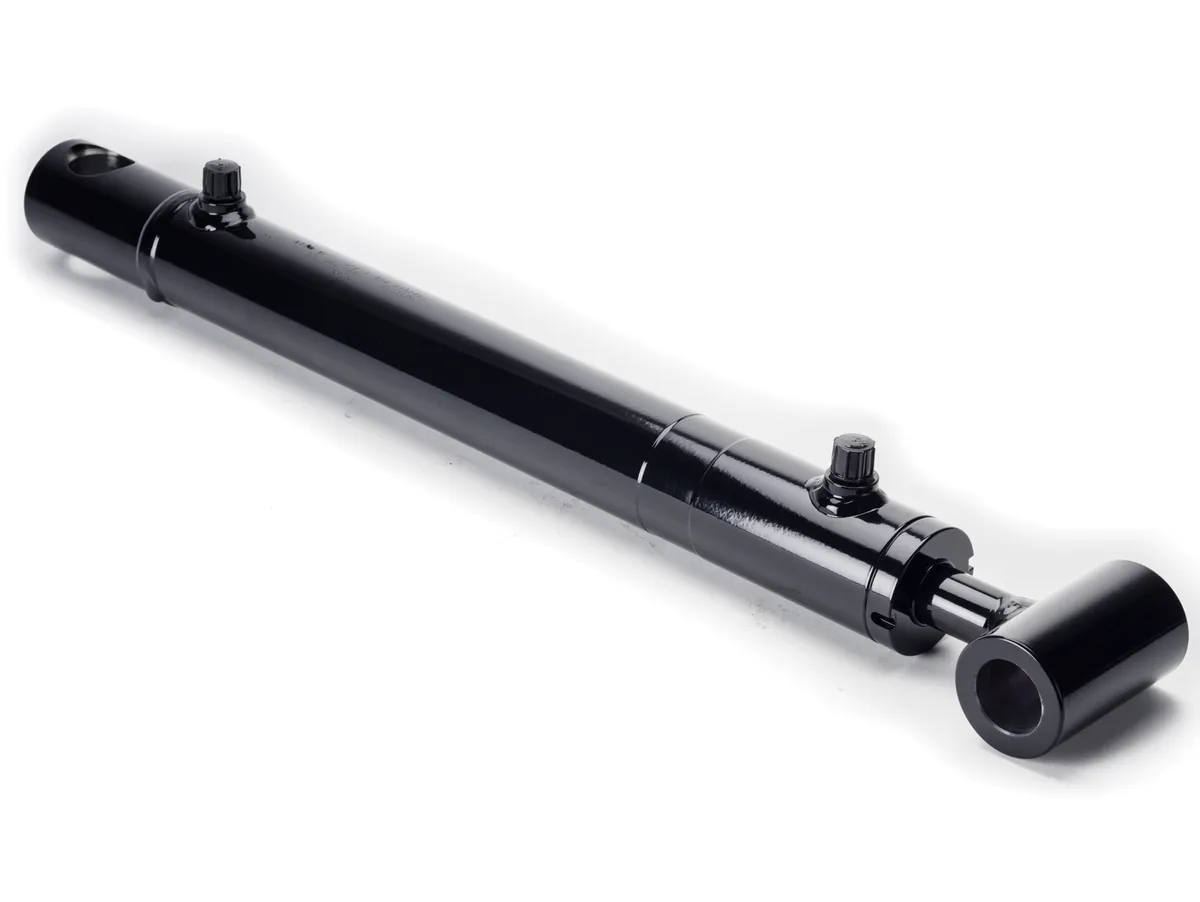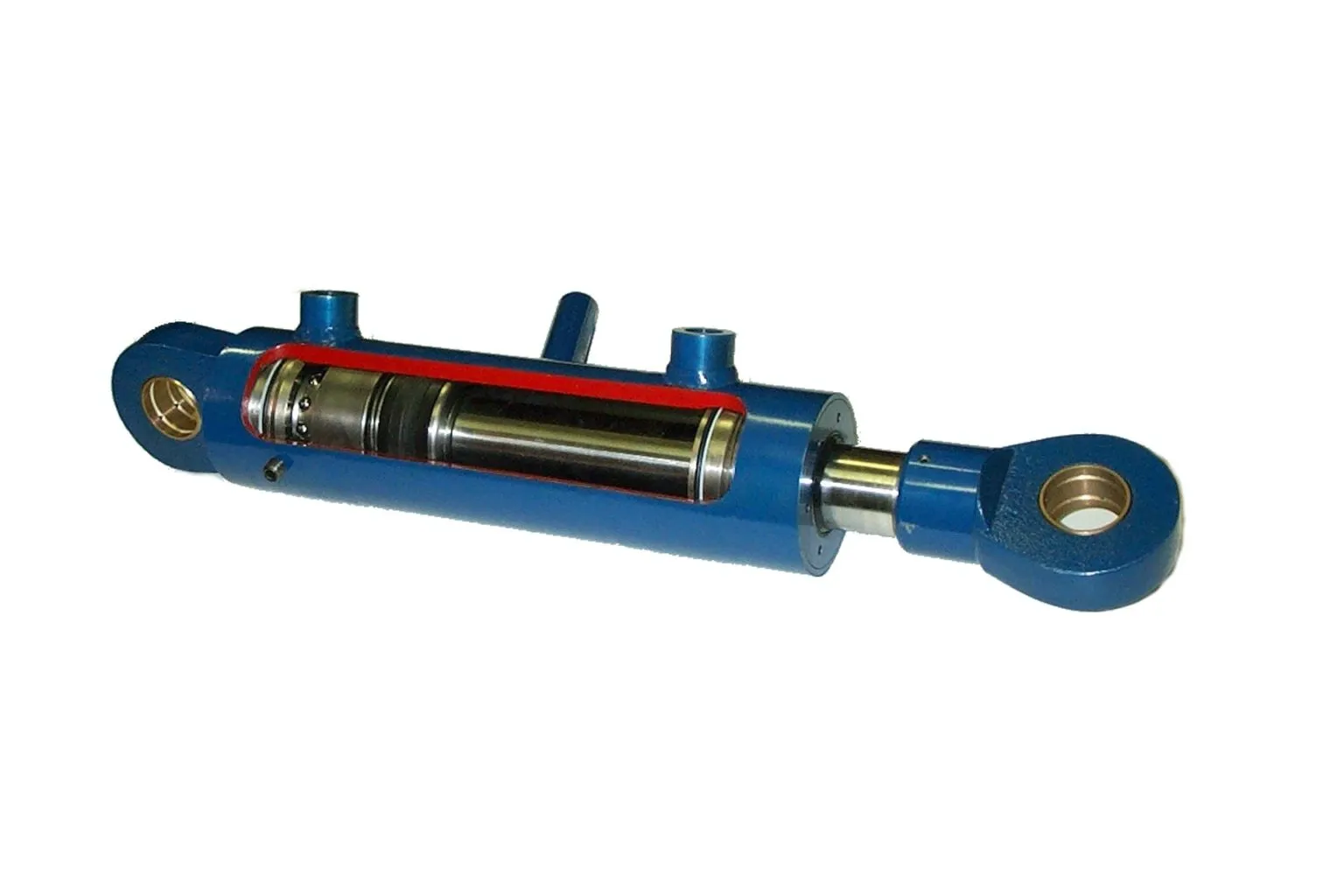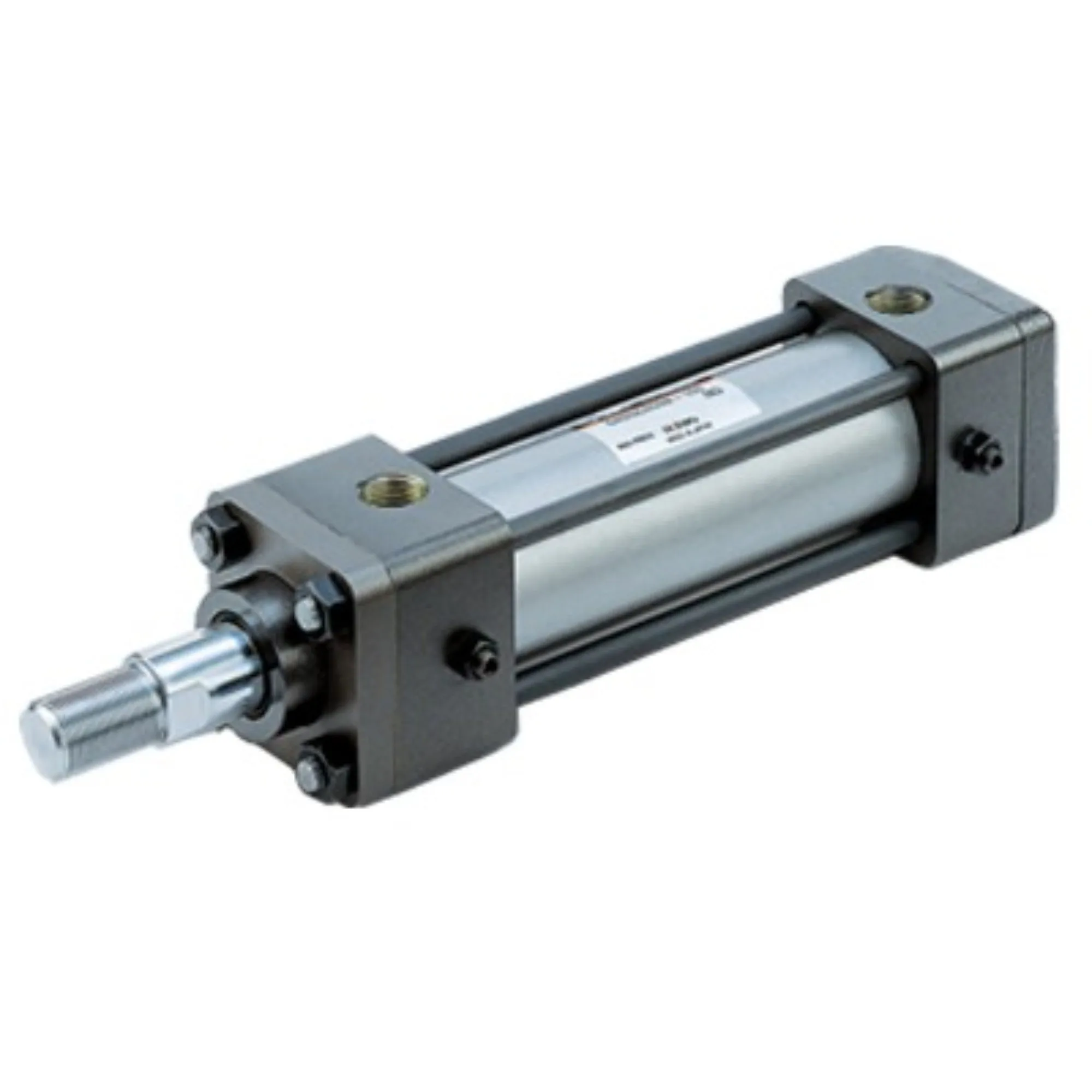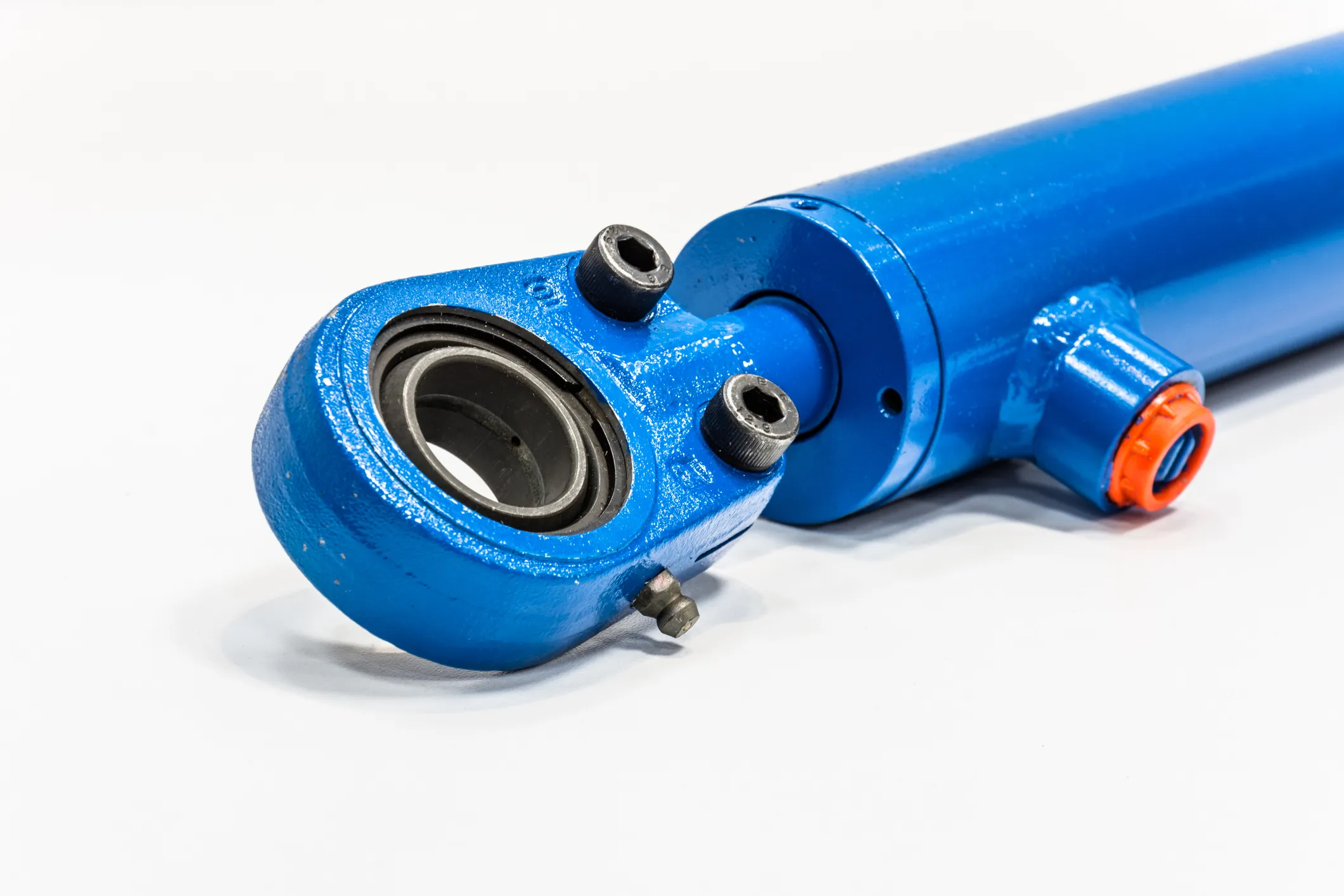Exploring the Spring-Return Single-Acting Hydraulic Cylinder

Introduction to the Spring-Return Single-Acting Hydraulic Cylinder
The spring-return single-acting oil cylinder is a hydraulic cylinder that utilizes hydraulic oil to expand the piston. When pressure is released, the built-in spring automatically retracts the piston.
Design and Construction Characteristics:
- Single-Acting Structure: Hydraulic oil pressure in one direction, return by built-in spring.
- Spring Selection: Choose appropriate spring for quick and complete reset.
- Sealing Design: High-quality materials to prevent oil leakage.
- Strength and Durability: Material selection for high pressure and impact resistance.
Construction and Assembly Process
Assembly process ensures precise component docking, especially piston and cylinder block coordination to reduce friction and wear. Welding and connection must be strong to prevent oil leakage under high pressure.
Testing and Debugging: Pressure and functional testing post-assembly to ensure normal operation.
Working Principle of Spring-Return Single-Acting Hydraulic Cylinder
Single-acting mechanism: Hydraulic oil pushes piston outward against load. Spring mechanism retracts piston when pressure released. Operation cycle includes extension and retraction.
Types and Configurations of Spring-Return Single-Acting Hydraulic Cylinder

Three different types available, each with specific configurations for various applications.
Key Benefits of Spring-Return Single-Acting Hydraulic Cylinder
- Safety – Automatic reset reduces risk of accidental drop.
- Simplicity – Easy design, reduce point of failure.
- Cost Effective – Economical compared to other cylinders.
- Flexible Operation – Suitable for one-way thrust applications.
Application Scenarios
Various applications including industrial machinery, construction equipment, agricultural equipment, automotive industry, and packaging and handling.
Design Considerations and Selection Criteria

Factors such as bearing capacity, sealing, durability, safety, and maintainability play a crucial role in design and selection.
Sealing and Lubrication
Use of various seals and wear-resistant materials for durability. Regular lubrication and maintenance are required for optimal performance.
Regular Inspection and Preventive Maintenance
Implementing regular inspection and maintenance routines ensures longevity and efficiency of the hydraulic cylinder.
Correct Installation Guide
Proper installation ensures optimal performance and safety of the hydraulic cylinder.
Maintenance Tasks and Services
Regular inspection, lubrication, seal replacement, and calibration inspection are crucial for extended lifespan of the cylinder.
Safety Considerations and Environmental Factors
Emphasis on safety measures and environmental impact when using hydraulic cylinders.
Unit Power
Power unit evaluation is essential for hydraulic system performance, with factors such as system pressure, piston area, and spring characteristics influencing unit power.
Optimizing Hydraulic Power Unit
Benefits of optimizing power unit including improved efficiency, energy saving, and enhanced reliability.
Common Questions
Answering questions regarding spring mechanism, applications, advantages, limitations, and performance impact.
Long-Tail Keywords
Explaining three long-tail keywords associated with spring-return single-acting hydraulic cylinder.
Company Focus
Our company is a leading hydraulic cylinder manufacturer offering a complete product line and customized services in the domestic and international market.
Author: lyl

